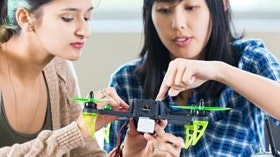Homepage
•
Learning Library
•
Blog
•
Profile of a technologically literate graduate
Expand breadcrumbs
Expand breadcrumbs
- Learning Library
- Blog
- Profile of a technologically literate graduate
- Homepage
- •
- Learning Library
- •
- Blog
- •
- Profile of a technologically literate graduate
Profile of a technologically literate graduate
By Jorge Valenzuela
January 7, 2019








